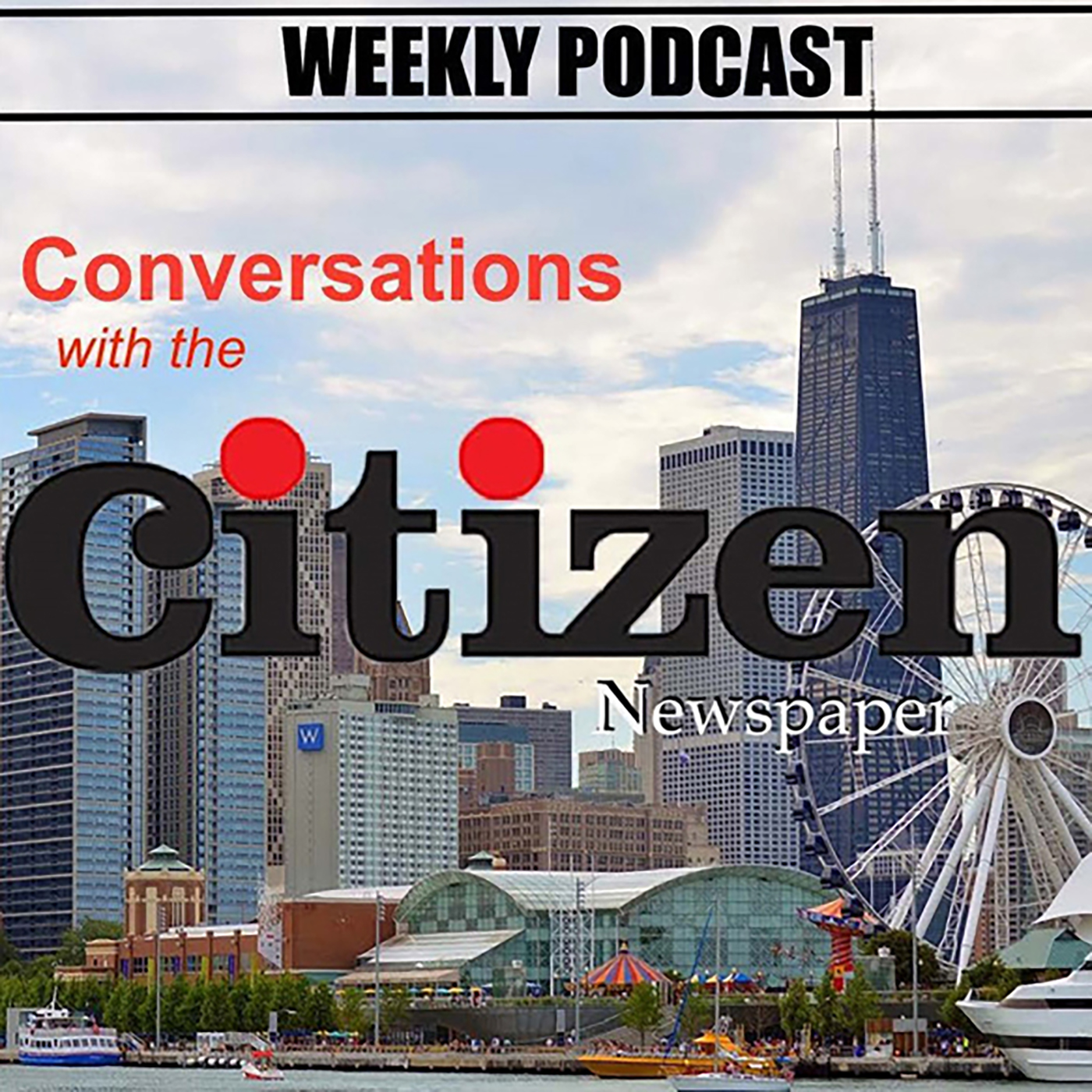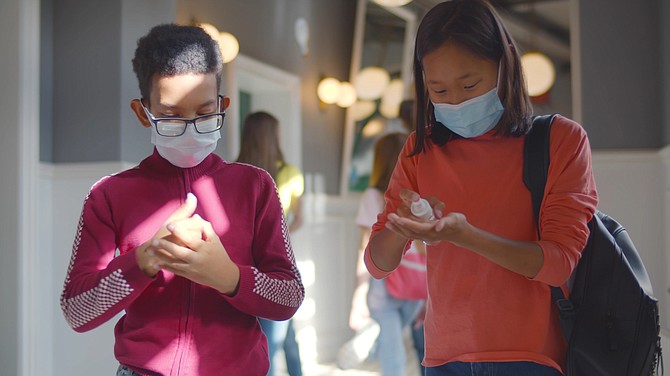OPENING OF SCHOOLS TO IN-PERSON LEARNING CAUSES CONCERNS
Chicago Public Schools have given students the option to return to school but some are questioning the safety of the school buildings. Photo via Adobe Stock
On Monday, Jan. 4, Chicago Public School teachers were set to return to school to prepare for in-person learning
in classrooms that have been physically closed since March due to COVID-19. While CPS asserts schools are safe for
teachers, students and faculty to return, teachers and parents of students are concerned about safety, as COVID-19 numbers have not decreased significantly enough to signal heard immunity.
According to the Chicago Public Schools phased reopening, students in Pre-K and moderate and intensive cluster programs had the option to return on Monday, Jan. 11, and students in kindergarten through eighth grade would be able to return on Monday, Feb. 1. High school students would continue to learn at home, with the option to return to in-person learning to be evaluated.
Chicago Public Schools has said they have been working on a reopening plan since the pandemic hit in March. The plan includes a comprehensive health and safety plan, based on guidance and science from Centers for Disease Control and Prevention and Chicago Department of Public Health. The plan includes face coverings, pods, daily screenings, testing, contract tracing, HEPA filters, additional custodians, disinfectant wipes, hand sanitizer and soap.
“The overwhelming scientific evidence, expert guidance and experiences of school districts across Illinois are clear: schools can safely reopen with a comprehensive plan in place. The CTU has not identified any area where the district’s plan falls short of public health guidelines and the CTU’s last-minute tactics are deeply disrespectful to the 77,000 mostly Black and Latinx families who selected in-person learning,” CPS spokesperson Emily Bolton said in an emailed statement. “It is the district’s expectation that teachers without an accommodation report to work, just as principals, custodial staff , engineers, and food service staff have throughout the entirety of the pandemic.”
Elected officials also want to make sure conditions are safe for their residents and children to physically return to the classroom. Elected officials from the West side weighed in on what should be the next steps for CPS in the plan to reopen schools to in-person learning.
“I’m a Chicago elected official whose top priorities revolve around serving the diverse needs of my West side community residents in a variety of ways. Education is obviously important. However, the challenging civic environment created by the deadly COVID-19 pandemic has created unique, unforeseen social and public health safety issues, individually and collectively affecting local neighborhood families citywide,” said 37th Ward Ald. Emma Mitts in a statement. “Today, nothing is absolutely certain, and everything is constantly evolving. Given the myriad of economic pressures and other household dynamics, the decision to resume in-person school or continue remote learning really comes down to the parents and guardians who know the realities of their individual situations, and specific needs of their children/youth.”
Illinois State Representative LaShawn K. Ford said he does believe there is a safe way to implement in-school learning and he doesn’t know that the city has proven it has implemented a safe re-entry.
“I think we’re still at the height of the virus in the Black communities and I do believe with all the comorbidities in the African American community itself, it could be a hazard, not only to the kids, but to the families,” he said.
Ford said people could be carriers of the virus and take it home to a loved one and cause death. He said, when dealing with life and death, the highest caution should be taken. He said re-entry to schools might not be worth putting people at risk.
Ford said e-learning needs to be at its full strength, with money and time invested to ensure people have the ability to learn at home. He said he is not sure the city has capitalized on that. “Just to throw students and teachers back in the building while you still have a problem with the e-learning, that’s just going to cause chaos. Because now, e-learning is not at its fullest strength, you haven’t mastered the e-learning,” he said.
Ford added, it could cause confusion to have teachers split between e-learners and in-school learners. Ford said he has
heard from some of his constituents that the city of Chicago should work with community organizations to have students with e-learning right in their neighborhoods. “You can have pods of small learners, where there is a testing protocol in place, and fewer people in the building,” he said. “What the people I hear in the community saying is that we need to partner with community organizations so that people can go and work with families in their homes, make sure students have access to the internet, helping with some type of strategy to make sure students are able to log on everyday. That’s what we need, community partnerships for the e-learners.”
The Bloc is a community organization on the West side that started to allow students in their program to do e-learning in their facility during the pandemic. Jamyle Cannon, founder of The Bloc, said the better support a student has from their network, the better they will do in remote learning.
Cannon said there were a lot more students in the virtual learning lab in the fall semester than there are now. Because of a surge in COVID-19 numbers, the number of students in the program has been scaled down to include students who need significant intervention. But, he said the students in the virtual learning lab are performing better academically than they were before. “It just seemed like the need for support, for the structure we provided and for an adult to be present were the gaps that we were able to fi ll. I think those are the best
practices for virtual learning all around,” he said.
Cannon said the idea of empowering youth development organizations to help with virtual learning is an important and positive step. He added, the organizations need resources.
“We have existing relationships with families and communities that we can leverage in ways schools often cannot, that can help us make this process more successful. The concern is making sure that information is rolled out in time and information gets rolled out equitably,” he added. “We need to provide ample space, we need to expand our hours and we need to make sure we can serve in a way that is a benefit to our community.”
Latest Stories
- Cook County Commissioner Donna Miller Launches Congressional Campaign
- Say “Om” with Friends of the Forest Preserves
- Don’t Forget the Least In Our Midst
- Community’s Voice Shapes Future Leadership
- Chicago Board of Education Approves Resolution Launching Healthy Green Schools Pilot Program
Latest Podcast
STARR Community Services International, Inc.

